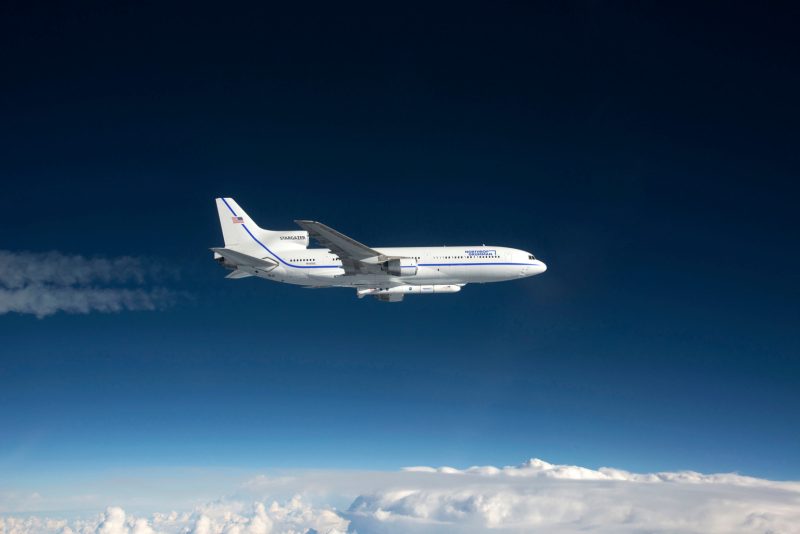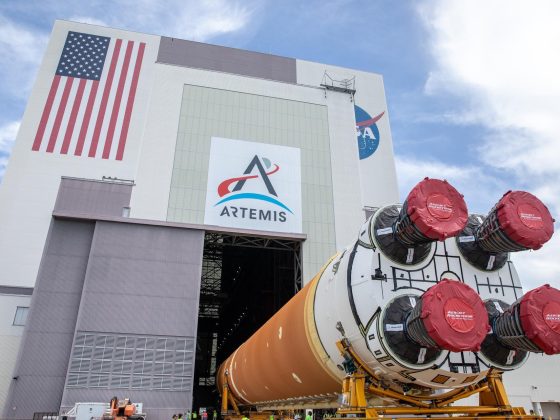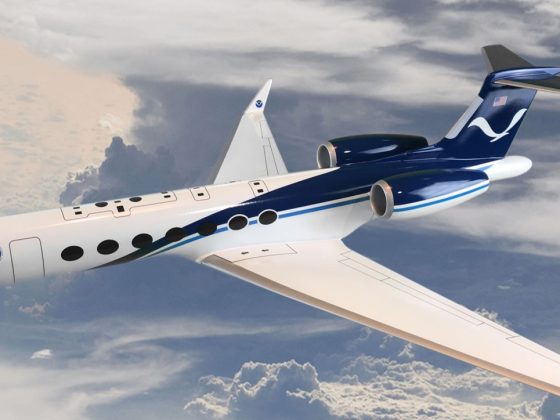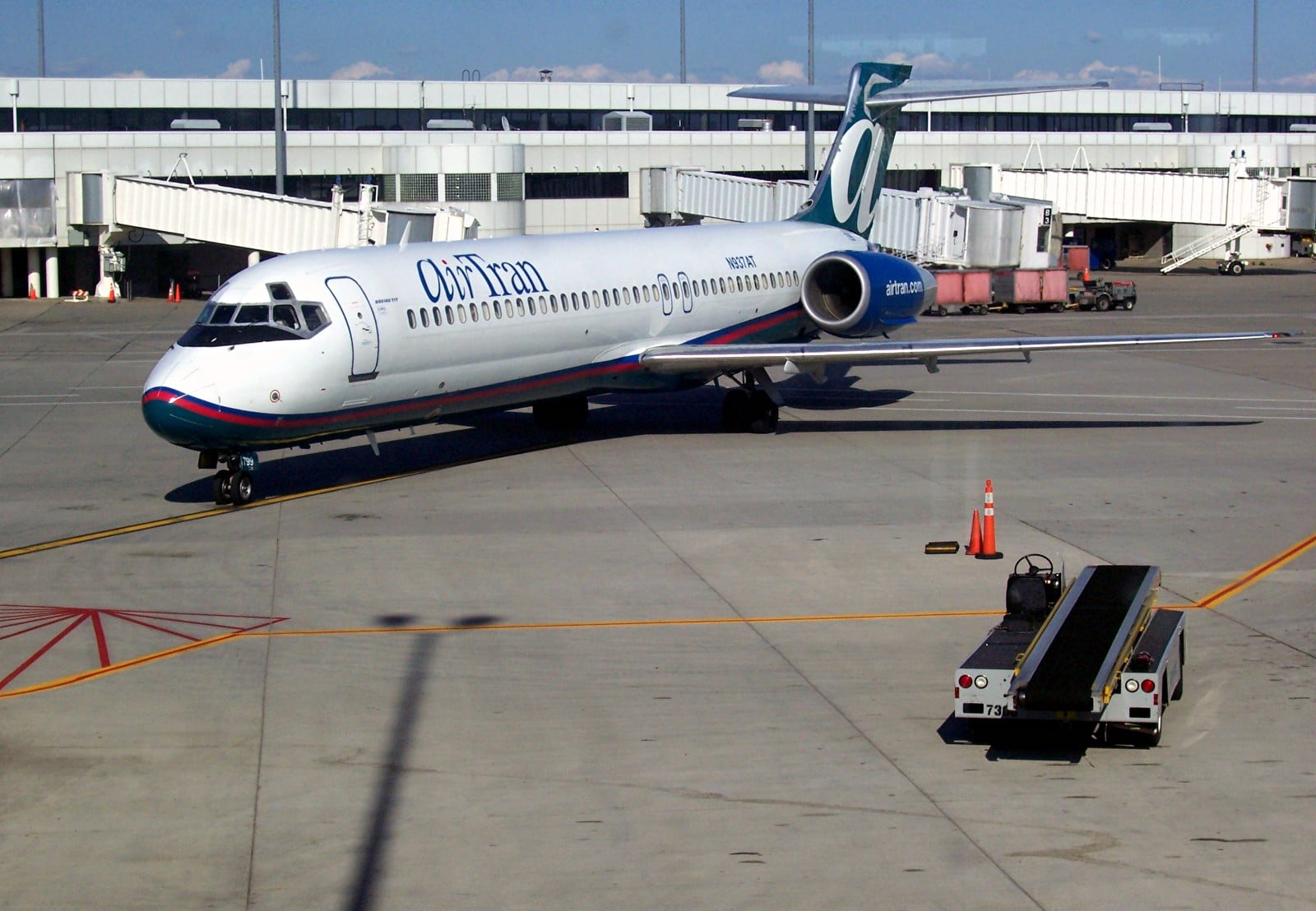Out of 250 Lockheed L-1011 TriStars ever built, only one remains airworthy today.
The Lockheed L-1011 TriStar was a groundbreaking aircraft for its time.
In the transformative decade of the 1960s, technological and engineering advancements in aviation occurred at breakneck speed. One of the innovations that came out of the race to create the “biggest and the best” was the Palmdale, California-built Lockheed L-1011 TriStar.
Out of 250 L-1011 airframes ever built, just one remains airworthy as of November 2023. Known as “Stargazer,” the last remaining TriStar spends her days flying some pretty interesting missions.
The Stargazer Journey

The last remaining airworthy L-1011, 67th off the line in Palmdale, was delivered to Air Canada as C-FTNJ in March 1974. After a (very) brief stint with Air Lanka in 1982, she would return to Air Canada later that same year.
She would conclude her commercial service with Air Canada in October 1990. However, her time on the ground would be minimal as she embarked on a new journey two years later when she was delivered to Virginia-based Orbital Sciences Corporation (now part of Northrop Grumman).
After substantial modifications, the TriStar was reborn as the Pegasus Air Launch Platform and renamed Stargazer in May 1992. Beating out other potential choices, including the B-52 Stratofortress, the Boeing 747, and the DC-10, Stargazer (reg: N140SC) became the carrier aircraft for the Pegasus, the world’s first privately developed orbital launch vehicle.
From Plane to Space In Less Than Ten Minutes

The Pegasus is an air-launched launch vehicle developed by Orbital Sciences Corporation, now under the umbrella of Northrop Grumman. Instead of conventional ground-based launches, the Pegasus is air-launched from the belly of the L-1011, negating the need for an expensive first-stage booster. Since its debut at California’s Dryden Flight Research Center in 1990, Pegasus has achieved numerous milestones, including being the world’s first privately developed space launch vehicle and the first air-launched rocket to place satellites in orbit.
Pegasus boasts a track record of 45 missions and the successful deployment of nearly 100 satellites.
With its three-stage configuration, the Pegasus rocket is designed for launching small satellites weighing up to 1,000 pounds into low-Earth orbit. Carried by the Stargazer L-1011 aircraft to an altitude of approximately 40,000 feet, the rocket is released over the open ocean, experiencing a five-second free fall before its first-stage rocket motor ignites. With the help of its unique delta-shaped wing, Pegasus typically accomplishes satellite deployment into orbit in just over ten minutes at a speed of eight times the speed of sound.
This unique air-launch system allows customers to launch their payloads from just about anywhere on Earth. In fact, Pegasus launches have taken place in locations across the U.S., Europe, and the Marshall Islands, making it the world’s most adaptable space launch vehicle.
The L-1011 First Flew in 1970

Conceived in the 1960s, the Lockheed L-1011 TriStar was designed to be a technologically advanced, long-range, and reliable airliner.
With its diverse portfolio of civilian aircraft, such as the Electra and the Constellation, as well as military aircraft, such as the C-130 Hercules, the C-141 StarLifter, and the C-5 Galaxy, Lockheed was approached by American Airlines to develop a widebody civilian jetliner. Lockheed’s aim was to produce a competitor to the other two widebody aircraft at the time – the Boeing 747 and Douglas DC-10.
The L-1011 had a seating capacity of up to 400 passengers in a twin-aisle configuration. With a range exceeding 4,000 nautical miles, the TriStar was praised for its comfort, efficiency, and safety features.
A trio of three-spool Rolls-Royce RB211 engines powered the L-1011, a distinctive feature that set it apart from the DC-10. While Douglas opted for a third engine mounted above the fuselage for economic reasons, the L-1011 featured an innovative S-duct air inlet embedded in the tail and upper fuselage. This design reduced drag, improved stability, and lowered the empty aircraft weight.
Other technologically advanced features aboard the TriStar included:
- Autoland capabilities
- An automated descent control system
- Lower deck galley and lounge facilities
Following its maiden flight on 16 November 1970, Eastern Air Lines took delivery of the first L-1011 on 26 April 1972.
The L-1011 Faced Production Challenges

Despite its technological superiority over the DC-10, the L-1011 faced several challenges during production. The program, initiated on orders from TWA and Eastern Air Lines, experienced delays due to issues with engine manufacturer Rolls-Royce. The TriStar launch was postponed by a year, allowing the DC-10 to take the lead.
However, the L-1011’s advanced technology came at a considerable cost, leading to a high price point. Originally conceived as a “jumbo twin,” the decision to use three engines was driven by the need for sufficient thrust to take off from existing runways. Additionally, regulatory restrictions existed on twin-engine jets throughout the 1980s. These regulations prohibited the operation of flights more than 30 minutes from the nearest suitable airport. This made trans-oceanic operations impossible for twin jets at the time.
Despite these challenges, the L-1011 program produced 250 airframes between 1968 and 1984. Production ended in 1982 with the 250th unit, falling short of the 500 needed for Lockheed to break even. Lockheed’s withdrawal from the civilian airline business followed this setback, paving the way for the MD-11. By this time, however, twin-engine aircraft like the Boeing 777 were superior to inefficient three-engine behemoths.
The L-1011 boasted a relatively safe track record, with only one fatal accident attributed to a problem with the aircraft. Delta Air Lines was the type’s largest operator before its retirement in 2001. Internationally, Cathay Pacific acquired 21 TriStars from bankrupt Eastern Air Lines, retiring them in 1996. TWA bid farewell to the L-1011 in 1997. The last airline to operate it was American Trans Air (ATA), which ceased operations in April 2008. With the demise of ATA, the sun set on the life of the venerable TriStar.
A Dichotomy of Past and Future
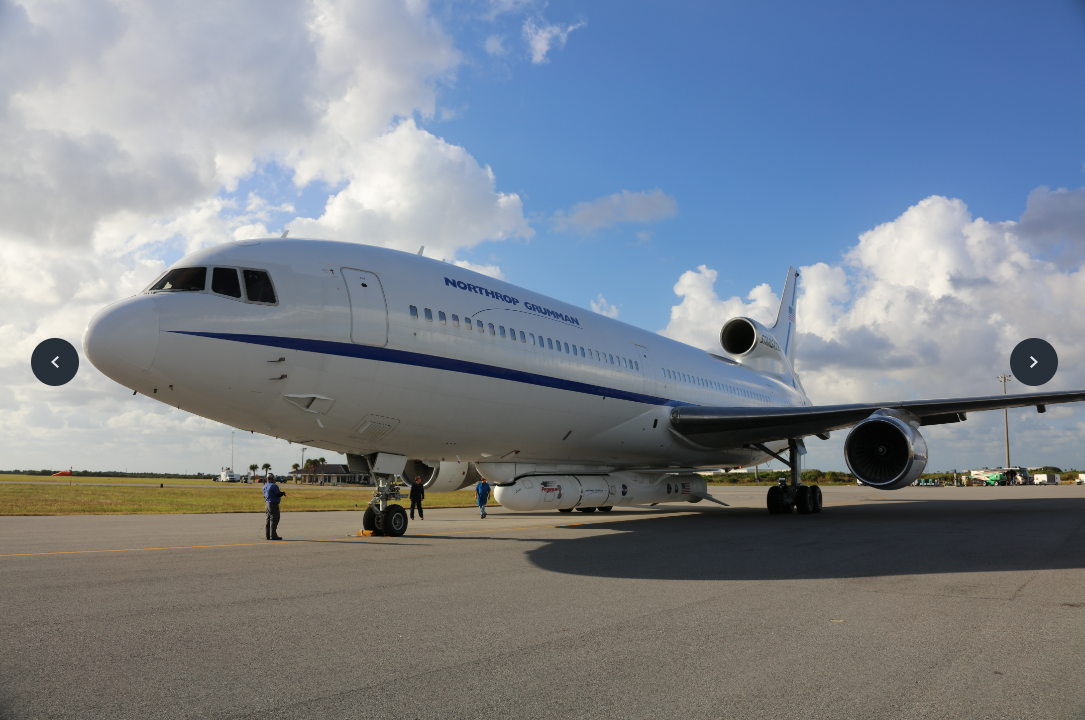
Like many majestic aircraft in recent years, the L-1011 TriStar has slowly faded into the sunset. Luckily, its legacy is preserved with the Stargazer — for now.
From its role as a mid-century widebody competitor to a vehicle that blasts rockets into space, this last airworthy TriStar is a living dichotomy of the golden age of aviation and the modern marvels of space-age technology.

